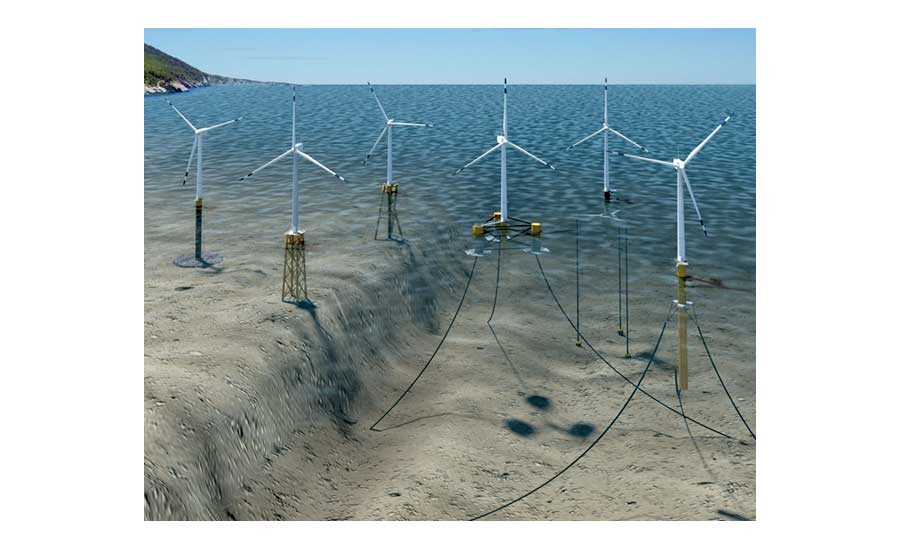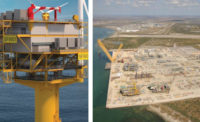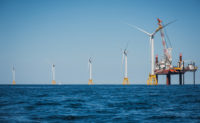The U.S. offshore wind industry shows strong potential, especially in the Northeast, the Great Lakes region and California, but it still has a long way to go. Although the U.S. leads the world in land-based wind power generation, the first offshore turbine is yet to come on line. But after years of planning, the sector is poised to take off. A 30-MW Block Island, R.I., facility is set to go into operation by year-end, and 20 other projects are now in development.
Of the 180 attendees at the three-day 2016 Offshore Wind Market Development Conference, held in Boston on May 10-12, more than half were from Europe. They came to share tips on how to develop profitable, utility-scale projects for the U.S. offshore wind industry, learn about potential opportunities in the U.S. market, and understand what regulators and policymakers are thinking. Since 1991, developers have installed more than 800 turbines that connect to grids serving nine European countries.
“It’s great to see so many European developers,” said Dave Karpinski, vice president of operations for Cleveland-based LEEDCo, which is nearing completion of its design for a Danish Universal mono-bucket foundation it plans to build in summer 2018.
“Last year, European developers were interested [in attending] but said it was too far away. And now they’re all here, including [Danish wind farm developer] Dong and [Swedish power company] Vattenfall.”
Walt Musial, principal engineer at the National Renewable Energy Lab’s National Wind Technology Center, Golden, Colo., says, “There is much interest in California since developers began to recognize that floating technology could be possible by 2025 to 2030.” And a competitive, early-stage market is developing in Hawaii, Maine and the East Coast, where there is potentially a huge market in deeper waters beyond the current lease areas, he adds.
The total gross offshore wind resource in North America is estimated at more than 4000 GW, or about four times the generating capacity carried on the U.S. electrical grid, according to NREL. “Seventy percent of the offshore wind resources in the U.S. may be suitable for floating offshore wind,” Murial says.
“Floating technology is still perceived … as [being] more expensive and risky, but it is becoming more cost-competitive with fixed-bottom technology,” he says.
The U.S. Dept. of Energy’s Global Wind Vision 2015 report projects 22 GW of offshore wind by 2030 and 86 GW by 2050 in regions including the East Coast, the West Coast, the Great Lakes and the Gulf of Mexico.
Philip Totaro, CEO at T+A, a Houston-based market research firm, says the first 80 GW of offshore wind will cost an estimated $400 billion, including more than $600 million worth of port infrastructure investment for installation. “The question is whether people are willing to say yes to upgrading existing infrastructure,” he says.





Post a comment to this article
Report Abusive Comment